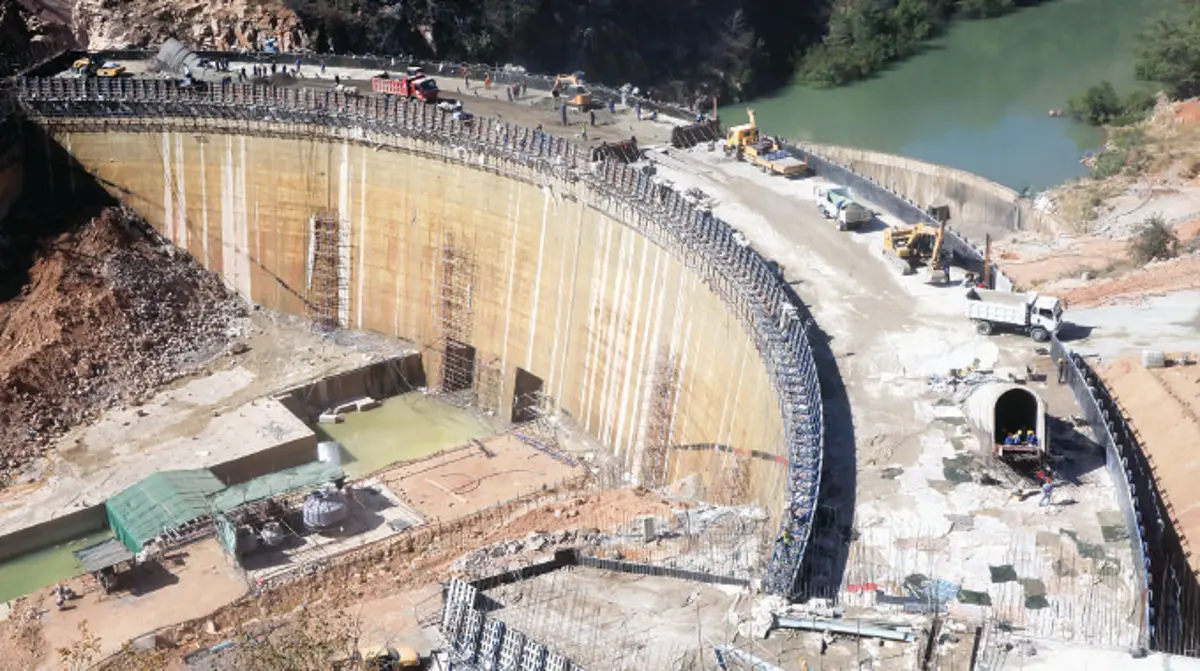Project identification:
- Refers to the process of recognizing and selecting a viable project idea that can address a specific need or solve a problem.
- This process involves conducting a thorough analysis of various factors such as market demand, resource availability, competition, and regulatory environment.
- A proper project identification process helps ensure that the project is feasible and has a high chance of success.
Project formulation:
- Refers to the process of transforming the project idea into a detailed plan that outlines the objectives, scope, and requirements of the project.
- This process involves developing a conceptual framework, conducting a feasibility study, and assessing the potential risks and benefits of the project.
- The formulation process helps determine the viability of the project and provides a clear roadmap for its successful implementation.
Project proposal:
- Refers to a written document that outlines the details of the project, including its objectives, scope, expected outcomes, and resource requirements.
- The project proposal is an essential tool for obtaining funding and support from stakeholders such as investors, lenders, and donors.
- A well-written project proposal can help convince stakeholders that the project is feasible, well-planned, and has a high potential for success.
Project plan:
- Refers to a detailed document that outlines the specific tasks, timelines, and resource allocation for the project.
- The project plan provides a roadmap for the implementation of the project and helps ensure that all stakeholders are aligned and working towards the same objectives.
- A well-developed project plan is essential for monitoring and controlling the project’s progress and ensuring that it stays within budget and meets its expected outcomes.
Implementation:
- Refers to the process of carrying out the project plan by allocating resources, assigning tasks, and executing specific activities.
- Successful implementation requires effective communication, collaboration, and monitoring to ensure that the project stays on track and meets its expected outcomes.
- Implementation is a critical phase of the project lifecycle and requires careful planning and execution to ensure that the project is completed successfully.
Evaluation:
- Refers to the process of assessing the project’s performance and outcomes against its objectives and expected outcomes.
- Evaluation helps determine the project’s impact, effectiveness, and efficiency and provides feedback for future improvement.
- A well-conducted evaluation is essential for determining the success of the project, identifying lessons learned, and providing recommendations for future projects.
An example of how all these stages can be carried out
- Project identification: The Zimbabwean government identified the need to construct a dam to counter the effects of climate change and improve water supply for irrigation and domestic use. The government conducted a feasibility study and determined that a dam would be the most effective solution to address the water shortage in the region.
- Project proposal: The government submitted a project proposal to international development partners, outlining the need for funding to construct the dam. The proposal included a detailed plan for the construction of the dam, including the site selection, materials needed, and estimated costs.
- Project plan: A Zimbabwean engineering firm was contracted to develop a project plan for the construction of the dam. The plan included specific tasks such as land acquisition, site preparation, excavation, and construction of the dam wall and spillways. The plan also included a detailed timeline and budget for the project.
- Implementation: The dam construction project was implemented through a public-private partnership, with the government providing the majority of the funding and the private sector contributing expertise and resources. The project involved mobilizing a large workforce to construct the dam and oversee the project’s progress. The project team also ensured compliance with environmental and safety regulations throughout the construction process.
- Evaluation: After the dam was completed, the government conducted an evaluation to assess the project’s impact on the region’s water supply and the overall effectiveness of the project. The evaluation included measuring the increase in water availability for irrigation and domestic use, as well as assessing the dam’s contribution to mitigating the effects of climate change in the region. Based on the evaluation, the government made recommendations for future dam construction projects to further improve water supply and mitigate climate change effects.




